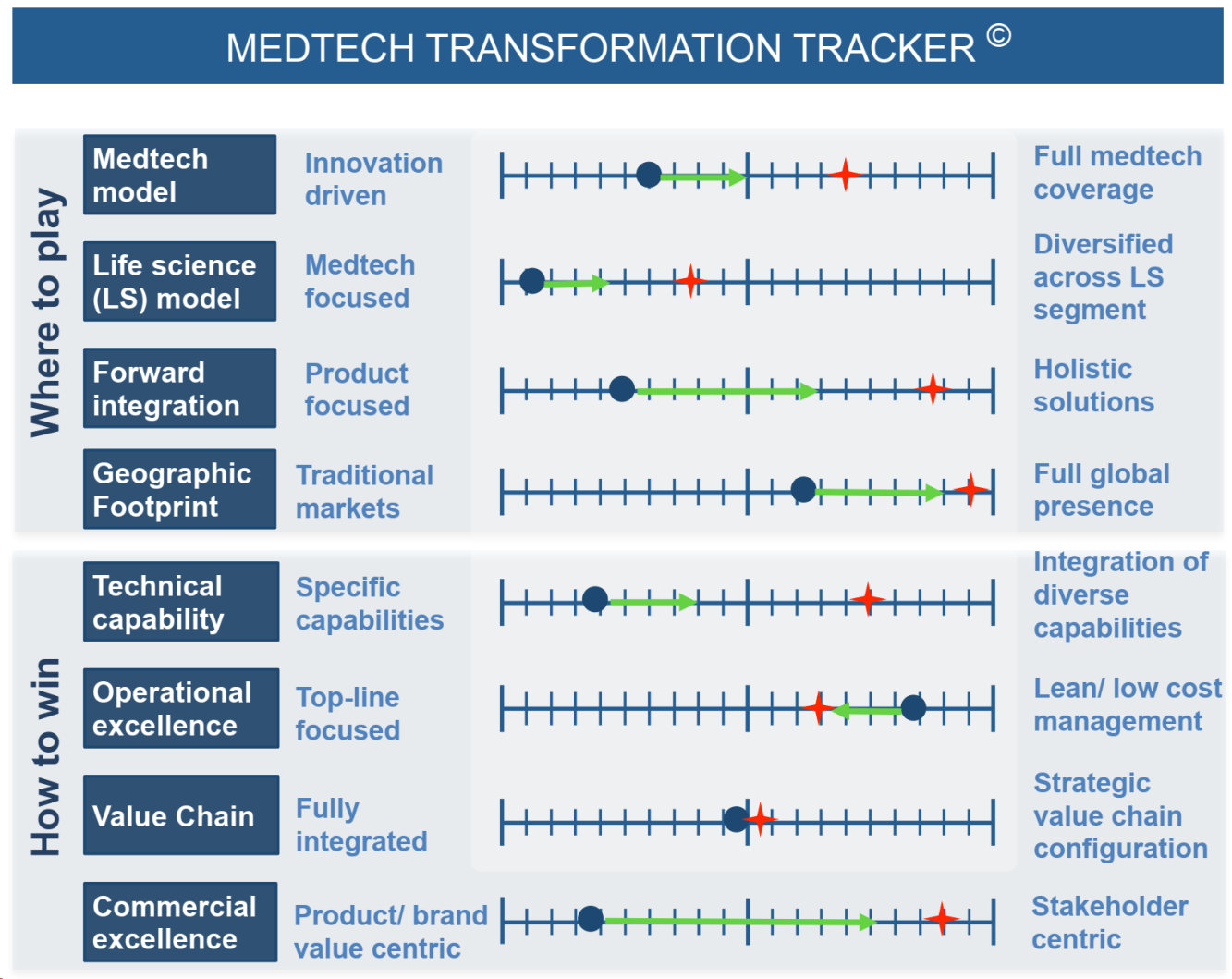Since publishing our first Global Medtech Industry Report, the healthcare environment has continued its rapid pace of change. The changing environment continues to hit the bottom-line of Medtech companies. Medtech executives have to cope with a multi-strategy world. Some are stretching their organizations to craft and execute radically different visions of the future. Partnering is becoming a key success factor, required to be able to implement new business models. Brazil, China and other fast-growing markets are emerging beyond recognition, with novel opportunities and threats. Although not yet seen as the most important lever to achieve top-line growth, there is a need to change the Medtech commercial model to remain competitive, particularly in developed markets, such as the US. Medtech corporate headquarters will play a vital role in accelerating the ongoing transformation and keeping-up the pace of change for companies to remain successful in the future.
In this report, we complement the Medtech insights with remarkable case studies from outside the Medtech sector, highlighting the impact and speed of radical innovations. The rate of change often accelerated faster than anticipated and overwhelmed established and well-known industry leaders. Once the tipping point was reached, the incumbents could no longer react adequately to correct the situation. With that in mind, there is a strategic imperative to shape future Medtech markets proactively before it might be too late for a company.
Based on the insights from the World Medical Technology Forums (WMTF) and our related reports, we have developed the “Medtech Transformation Tracker” to enable executives to plot their strategic vision and see how to reach it successfully. The proposed tool can be used to both identify and communicate “Where to play” and “How to win” levers.
Four steps to define your “Medtech Transformation Tracker”
• Assess your starting point for each strategic lever already pulled currently (considering the impact of prior initiatives that are already launched)
• Formulate the vision for each “Where to play” and “How to win” strategic lever (highlighting the key competitive differentiators)
• Position the anticipated target point for each strategic lever after 5 years (reflects the magnitude of the transformation required compared to today)
• Scale the incremental transformation vector for the coming 2 years (showing the required acceleration in an increasingly dynamic market)

